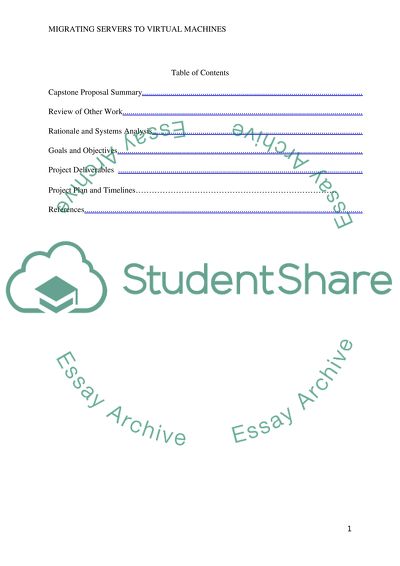Cite this document
(“Migrating Servers to Virtual Machines Essay Example | Topics and Well Written Essays - 3750 words”, n.d.)
Retrieved from https://studentshare.org/information-technology/1397521-migrating-servers-to-virtual-machines
Retrieved from https://studentshare.org/information-technology/1397521-migrating-servers-to-virtual-machines
(Migrating Servers to Virtual Machines Essay Example | Topics and Well Written Essays - 3750 Words)
https://studentshare.org/information-technology/1397521-migrating-servers-to-virtual-machines.
https://studentshare.org/information-technology/1397521-migrating-servers-to-virtual-machines.
“Migrating Servers to Virtual Machines Essay Example | Topics and Well Written Essays - 3750 Words”, n.d. https://studentshare.org/information-technology/1397521-migrating-servers-to-virtual-machines.


